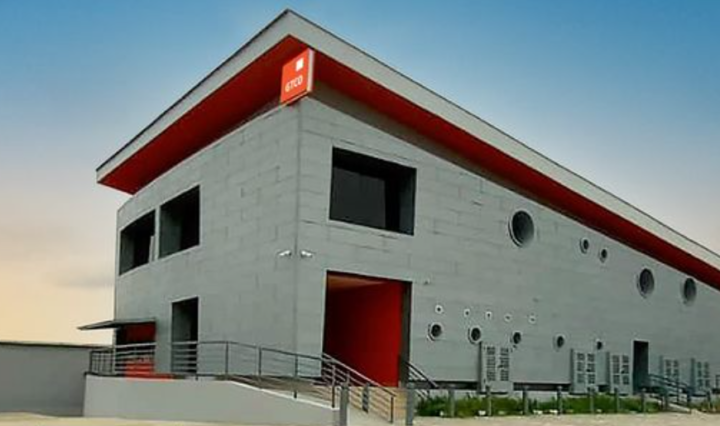Guaranty Trust Holding Company [GTCO] Plc, the new holding company model of Guaranty Trust Bank Plc built an after tax profit of N79.4 billion at half year ended June 2021. The bank’s audited financial report for the period shows that despite management’s balancing of costs and incomes, it suffered a drop of 16 percent in profit year-on-year.
Segun Agbaje, Group chief executive officer of GTCO, while commenting on the bank’s operating results, assured that the new operating structure is set to deliver enhanced benefits.
He hinted on what to expect from the bank in its new operating model as a holding company.
“Looking forward, we are focused on bringing to bear the full benefits of our new corporate structure by consolidating our leading position in all the economies where our franchise operates,” he assured.
Advertisement
“We will also diversify our earnings from core banking, continue to empower businesses across Africa and beyond and generate long-term returns for our shareholders.”
Despite the challenging business environment, the bank’s management is confident of navigating operations to deliver the best results possible.
Agbaje said the bank reserves high capability to constantly innovate and stay ahead of the curve at all times.
Advertisement
“We are counting on the enduring support of our loyal customers and the hard work of our dedicated staff to continually make end-to-end financial services easily accessible to everyone and to create the best outcomes for all our customers and the communities in which we operate,” he said.
The holding company model is expected to position the bank to compete in the emerging scenario of fintechs and payment service banks. The bank’s CEO assured of the bank’s commitment to building on its track record of solid financial performance.
GTCO’s half year results show that it could not defy the trend of industry-wide constraints in revenue growth in the banking industry, which undermined effort to build wealth for shareholders during the review period.
Gross earnings closed 9 percent down year-on-year at over N207 billion at the end of half year operations, which represents a loss of as much as N18 billion. Revenue drop is being recorded by the bank for the first time in more than a decade.
Advertisement
The earnings weakness is coming exclusively from interest earnings, which dropped by 22 percent year-on-year to about N117 billion at half year. The bank has not been able to achieve a reasonable improvement in interest income since 2017.
A marginal improvement in interest earnings in 2020 followed two years of declines. The bank’s peak interest income of over N203 billion in 2017 may again be unmatched for the fourth year running in 2021.
Some operating strength however came from non-interest earnings, which helped to moderate the drop in interest revenue. Non-interest income grew by over 9 percent year-on-year to N81.5 billion at half year, the best growth rate the bank has seen in three years.
The bank’s management also built in some strength on the side of cost saving that supported the gain in non-interest earnings. It continued to move on the side of low cost with interest expenses going down for the third straight year.
Advertisement
Interest expenses went down by over 27 percent to close the six months of the 2021 financial year at N19 billion. The expense line claimed a reduced share of interest income at 15 percent at half year compared to 17.5 percent in the same period last year.
This represents a significant cost saving coming from cost of funds, which helped management to moderate the impact of the drop in interest income on the bottom line.
Advertisement
Another cost saving area for the bank at half year is in respect of loan impairment charges, which dropped by 30 percent year-on-year to N4.7 billion at the end of June 2021. This is a major positive change of direction from close to 300 percent surge in loan impairment expenses last year.
It is also a favourable change of direction from a 52 percent jump in loan loss expenses year-on-year in the first quarter. This indicates a major improvement in the overall credit quality standard for the bank in the second quarter.
Advertisement
There is equally some cost moderation from management’s tight control on operating costs, which prevented personnel and some other expenses from rising. This helped to defend the bank’s high profit margin — the ability to convert revenue into profit.
The bank’s after tax profit of N79.4 billion for the half year operations represents a top record net profit margin of over 38 percent at the end of June 2021. This remains one of the highest net profit margins in the Nigerian banking industry.
Advertisement
The outlook for the second half depends on four critical functions. The first is whether interest income would rebound or sustain its downtrend. The second is how far non-interest earnings could step up or down to cover revenue losses from interest income.
The others are the extent that cost savings from declining interest and loan impairment expenses might increase of shrink in the remaining quarters.
Add a comment






